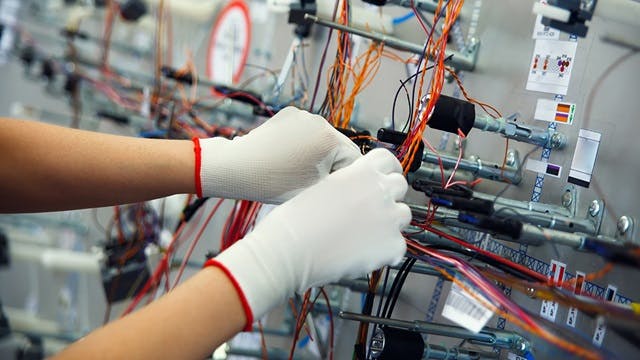How do you develop more robust and competitive E/E systems to create more efficient, reliable and functional products — faster and cheaper?
Implement an E/E systems development solution that creates a digital thread, enabling electrical, software, mechanical and other key domains to work together. This integrated approach leads to a more automated development process.





